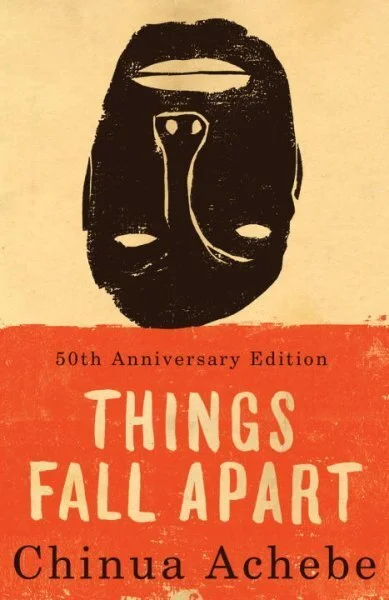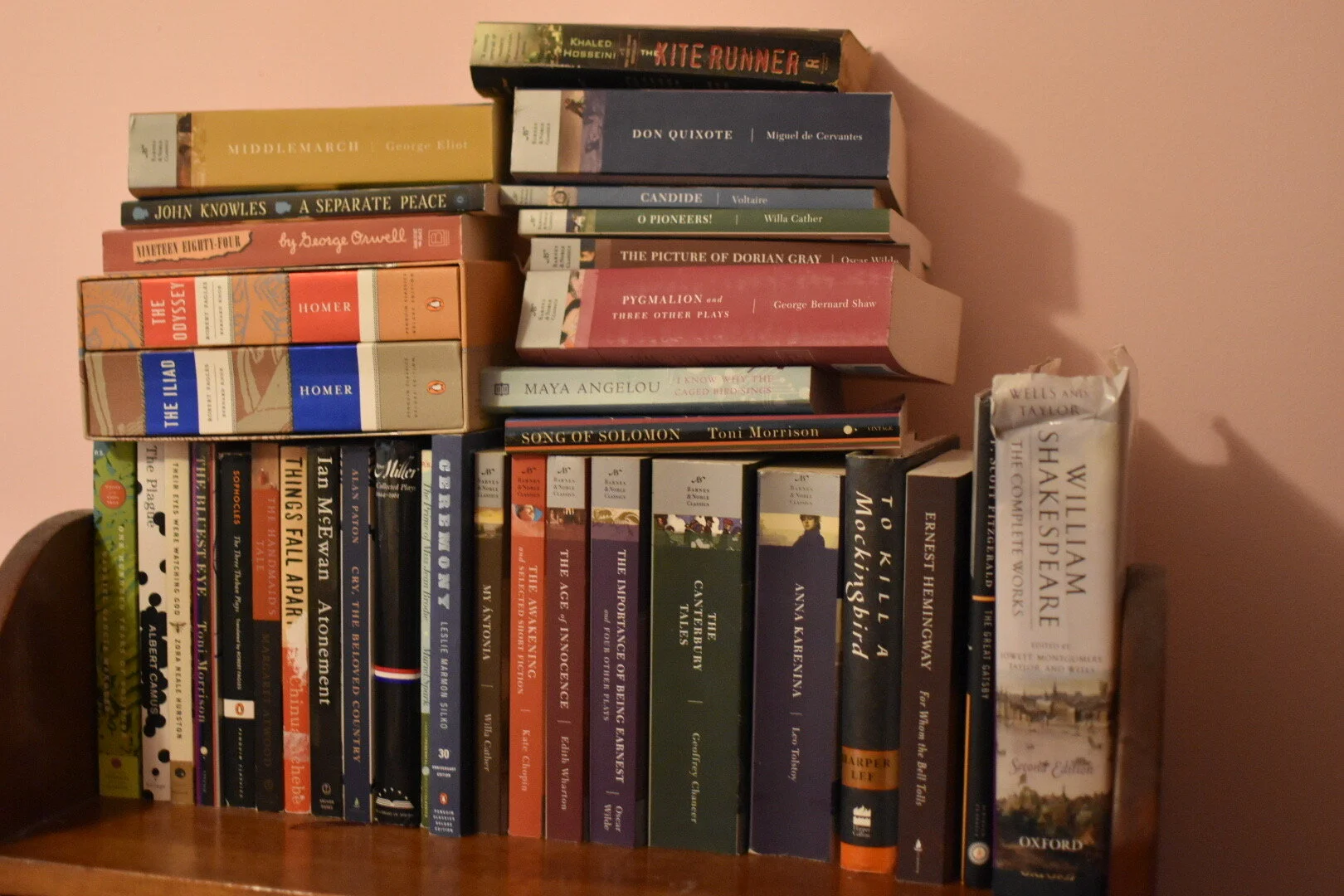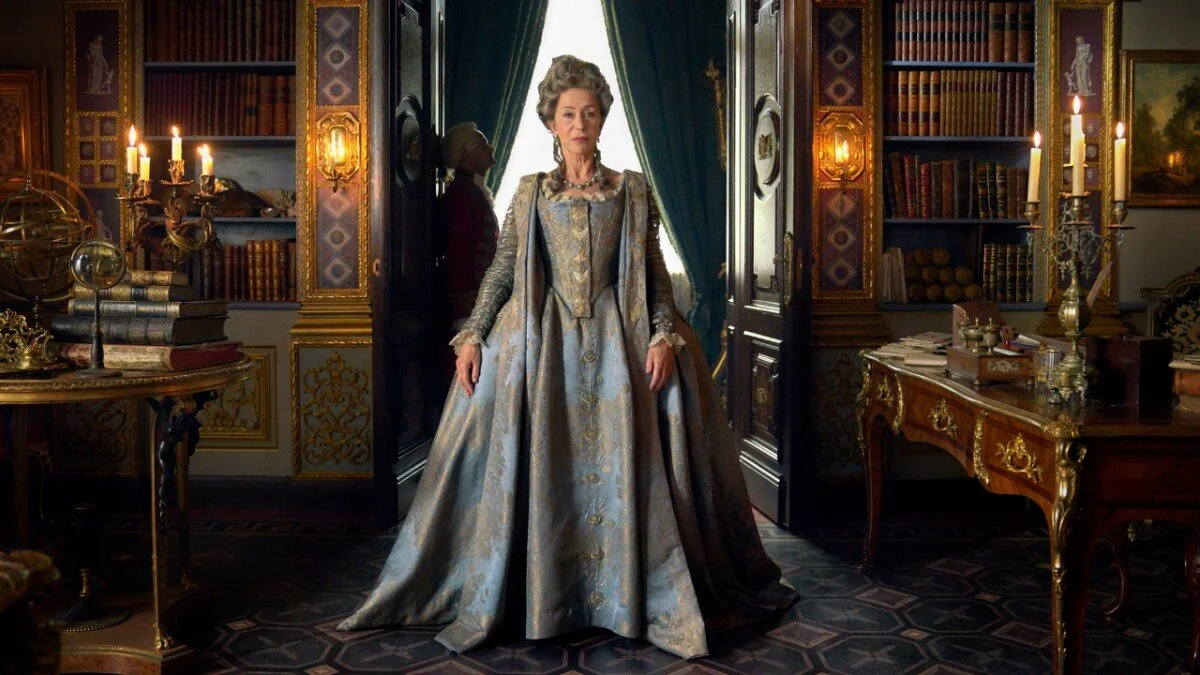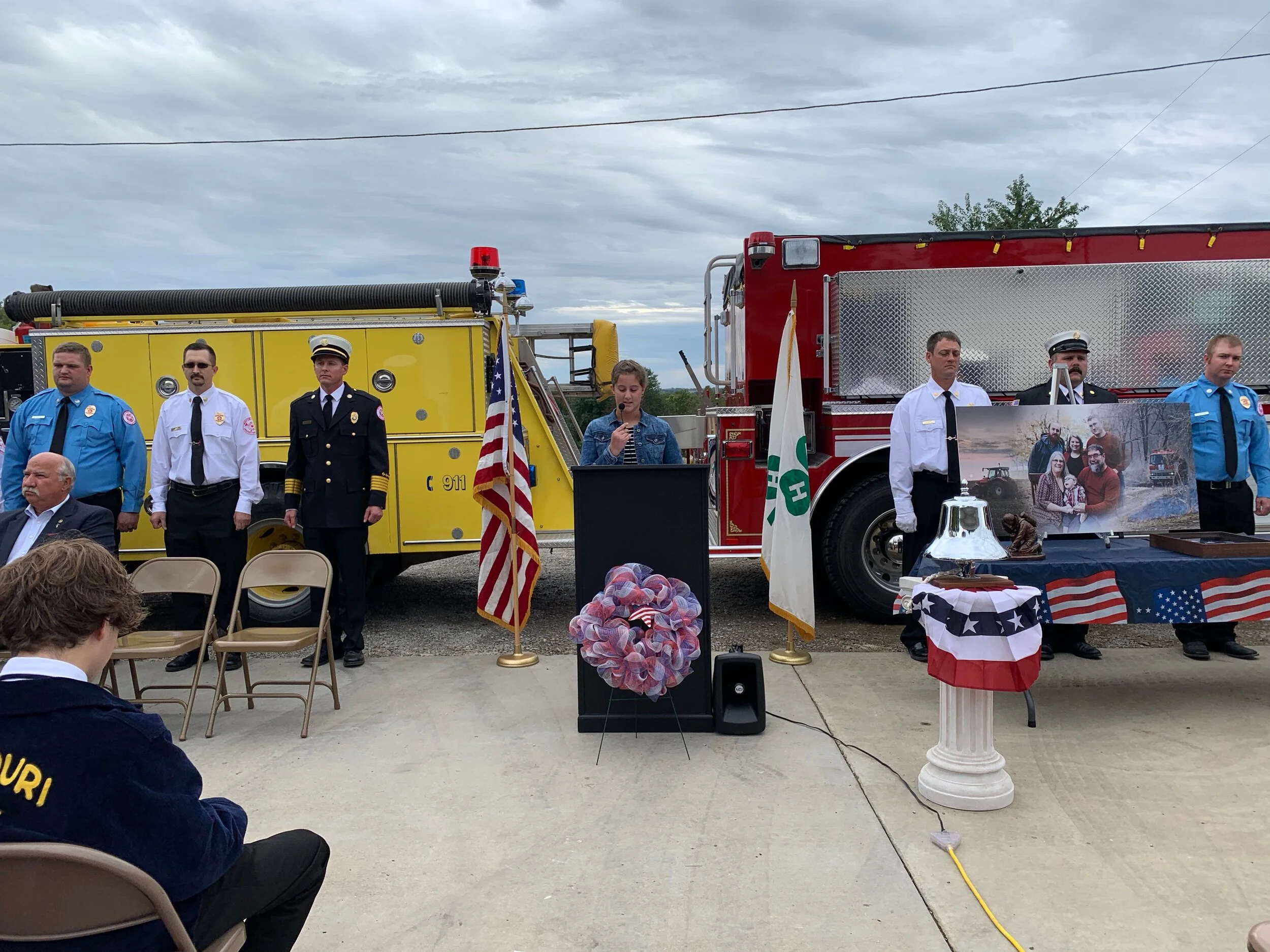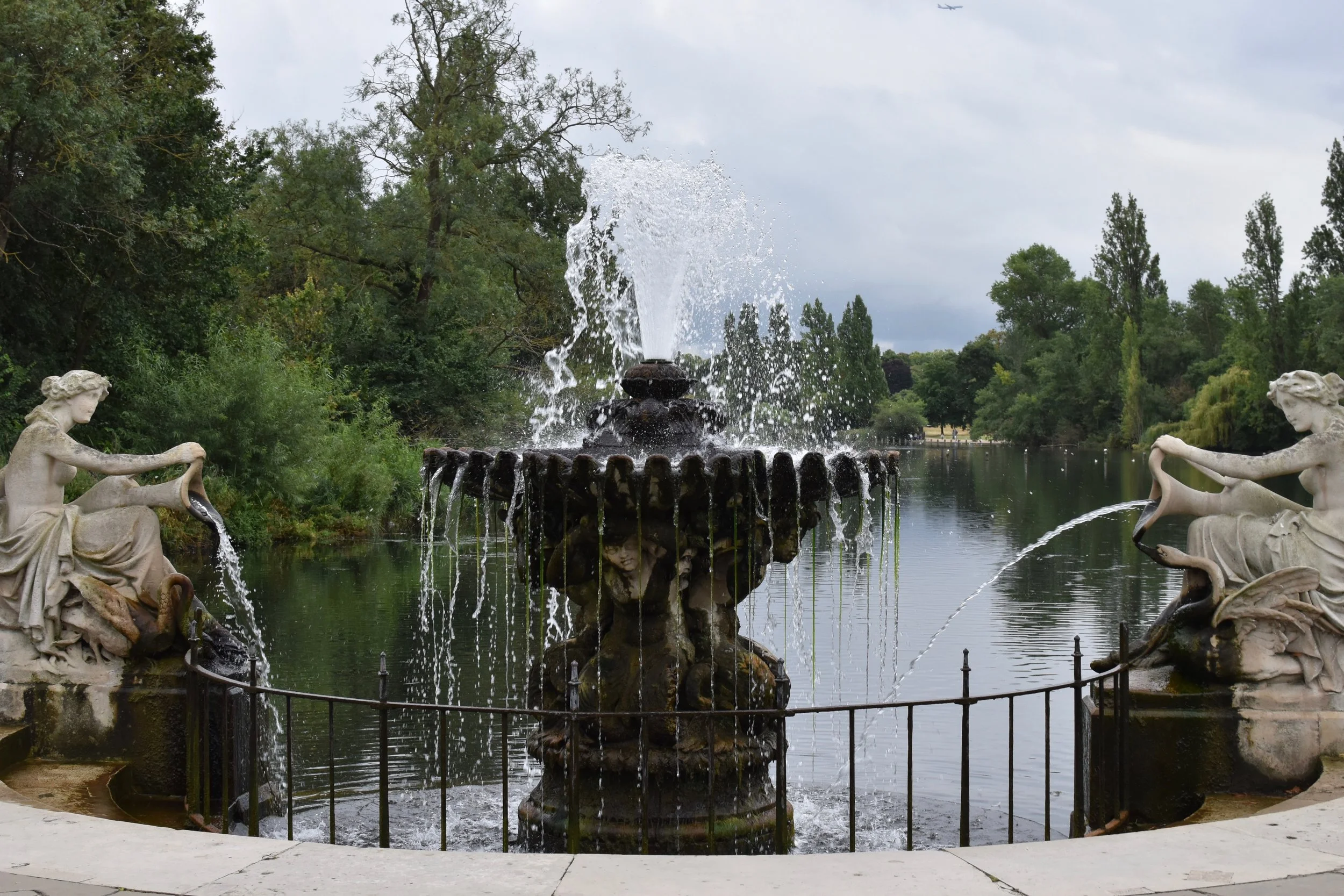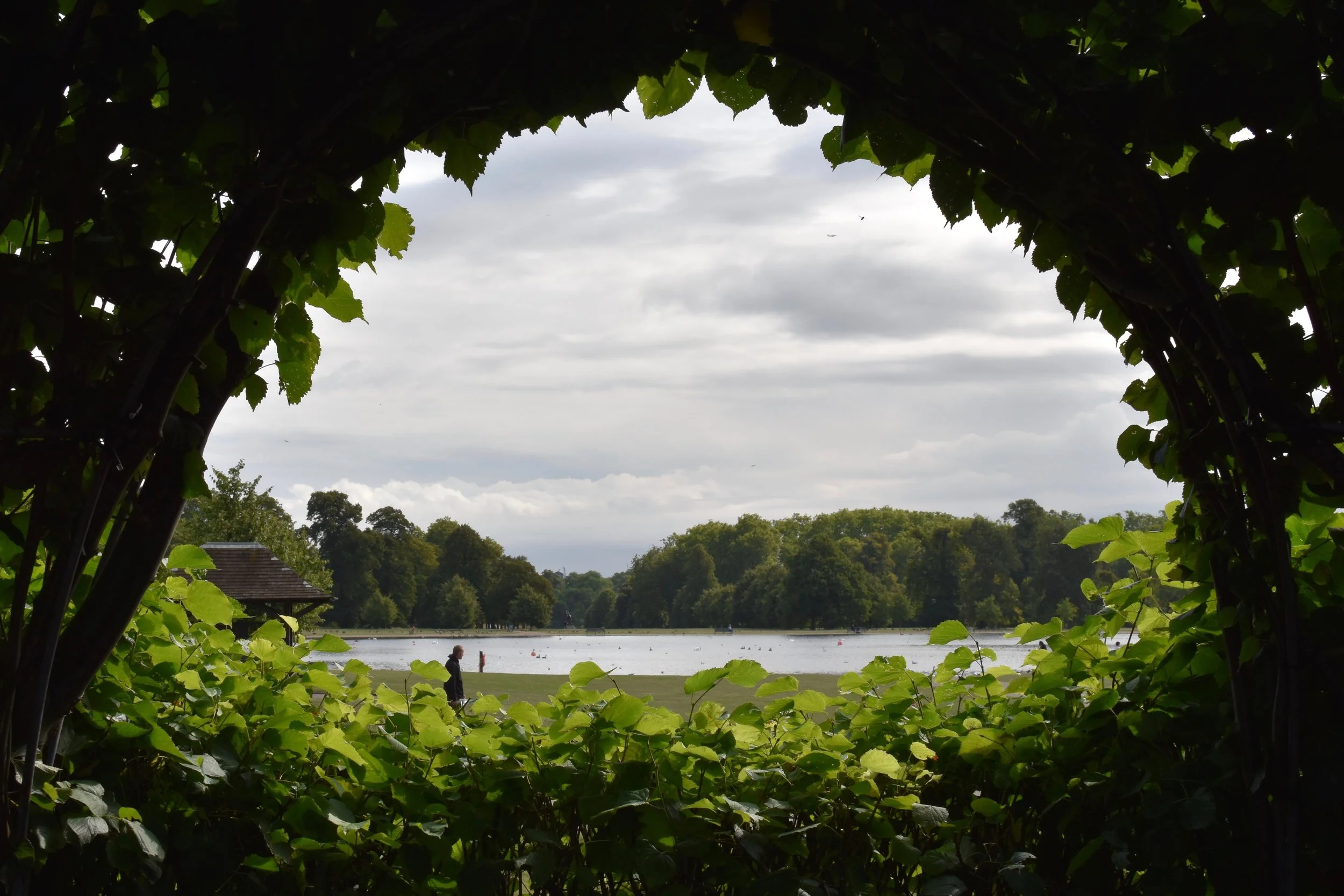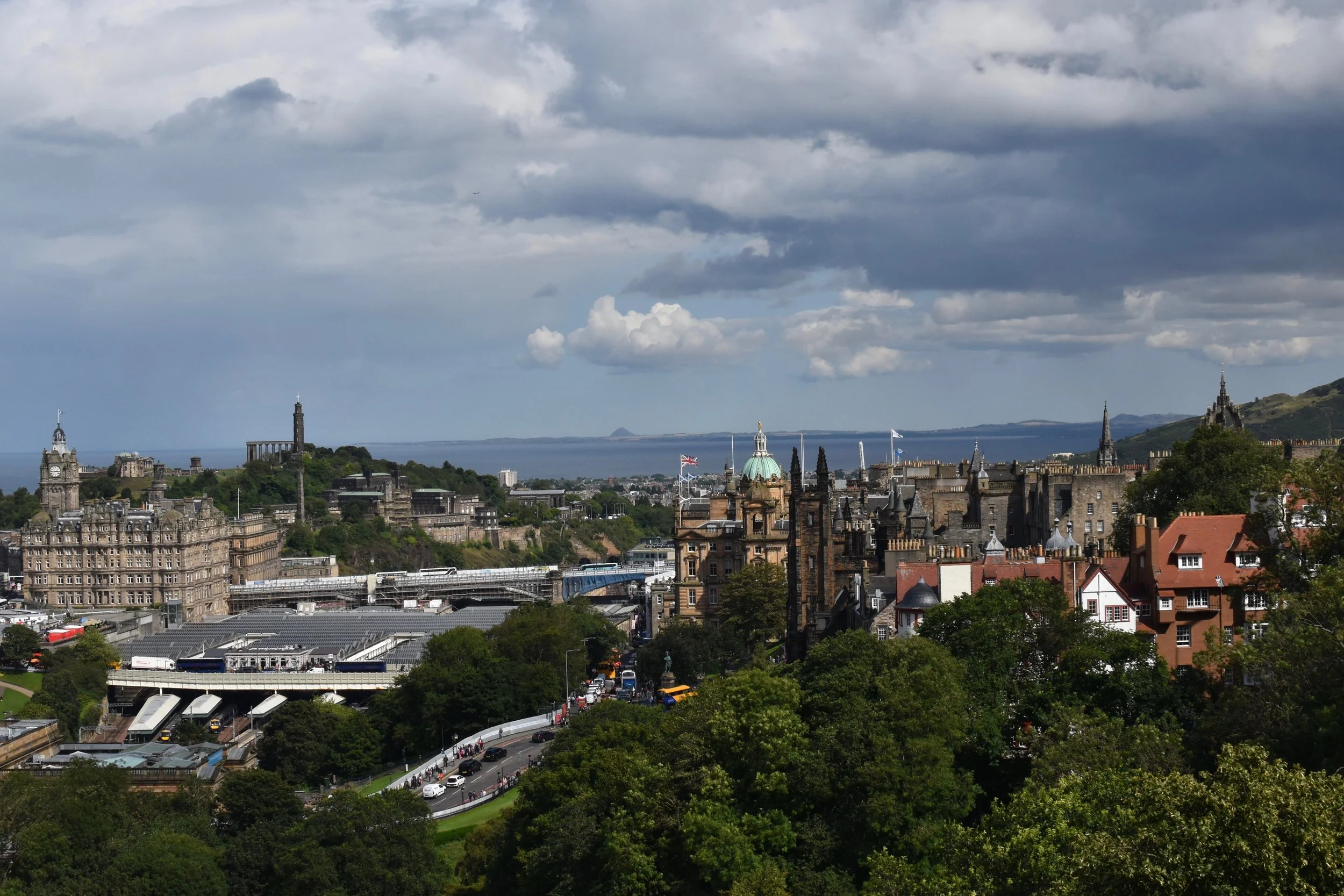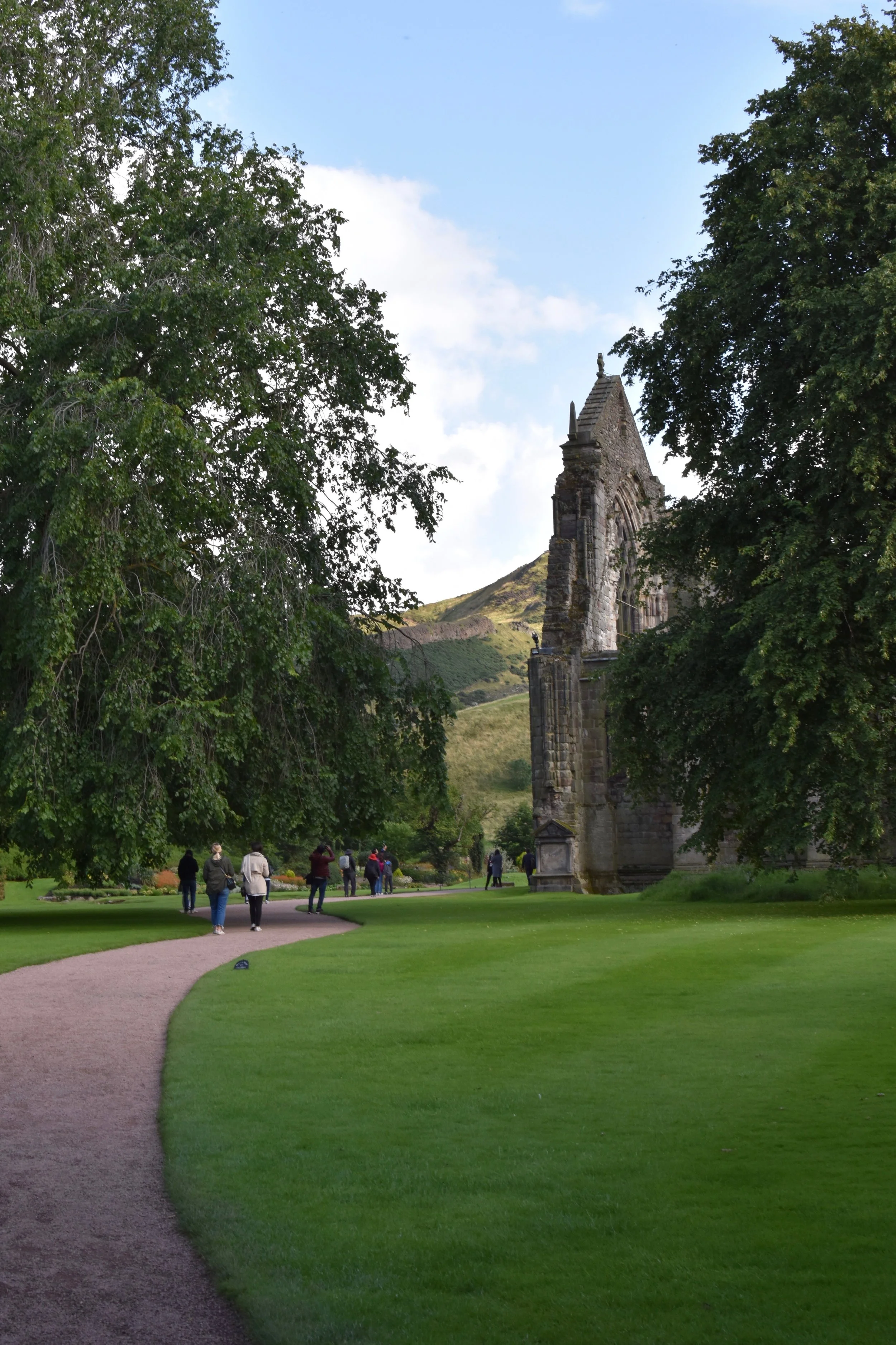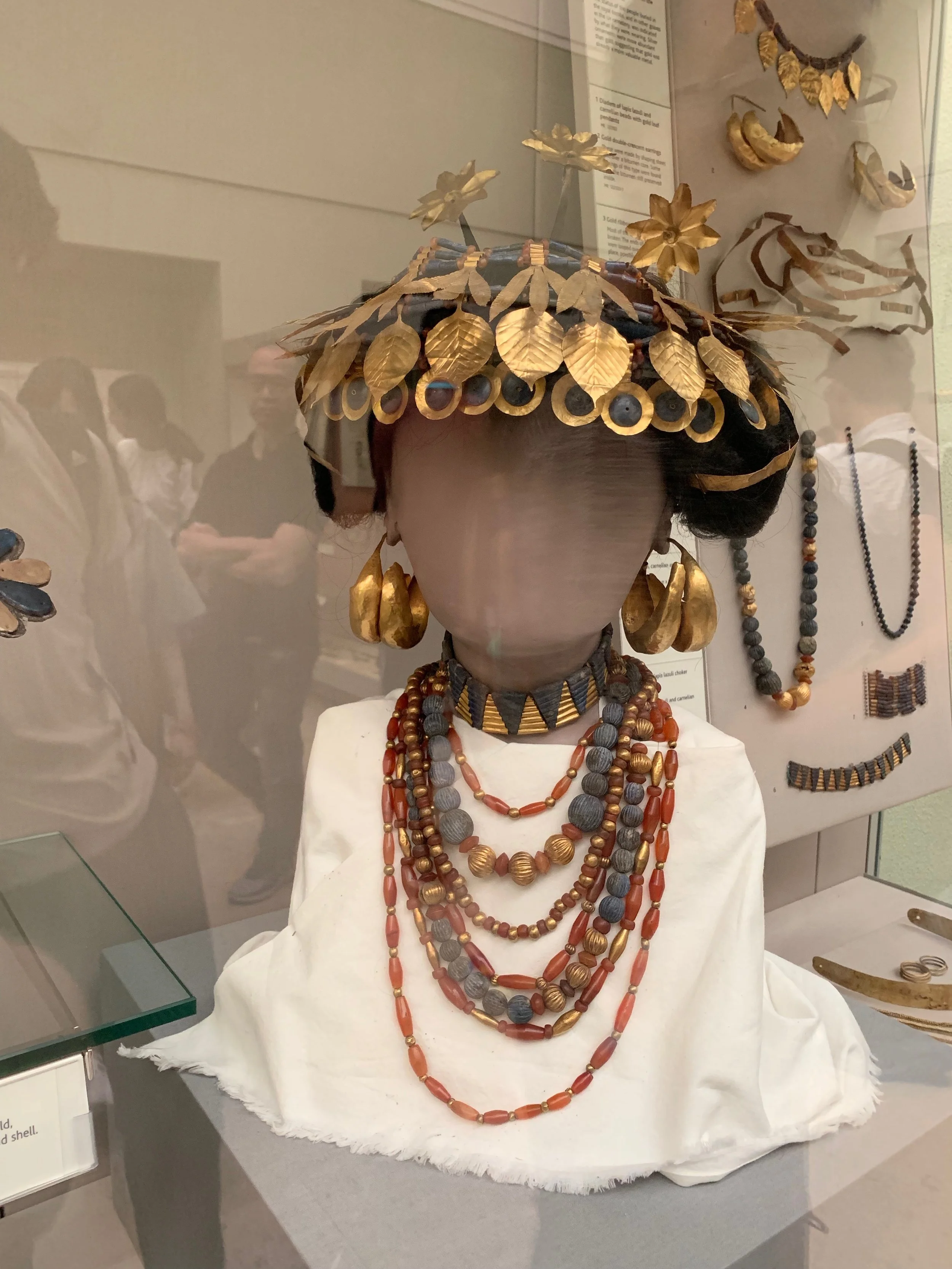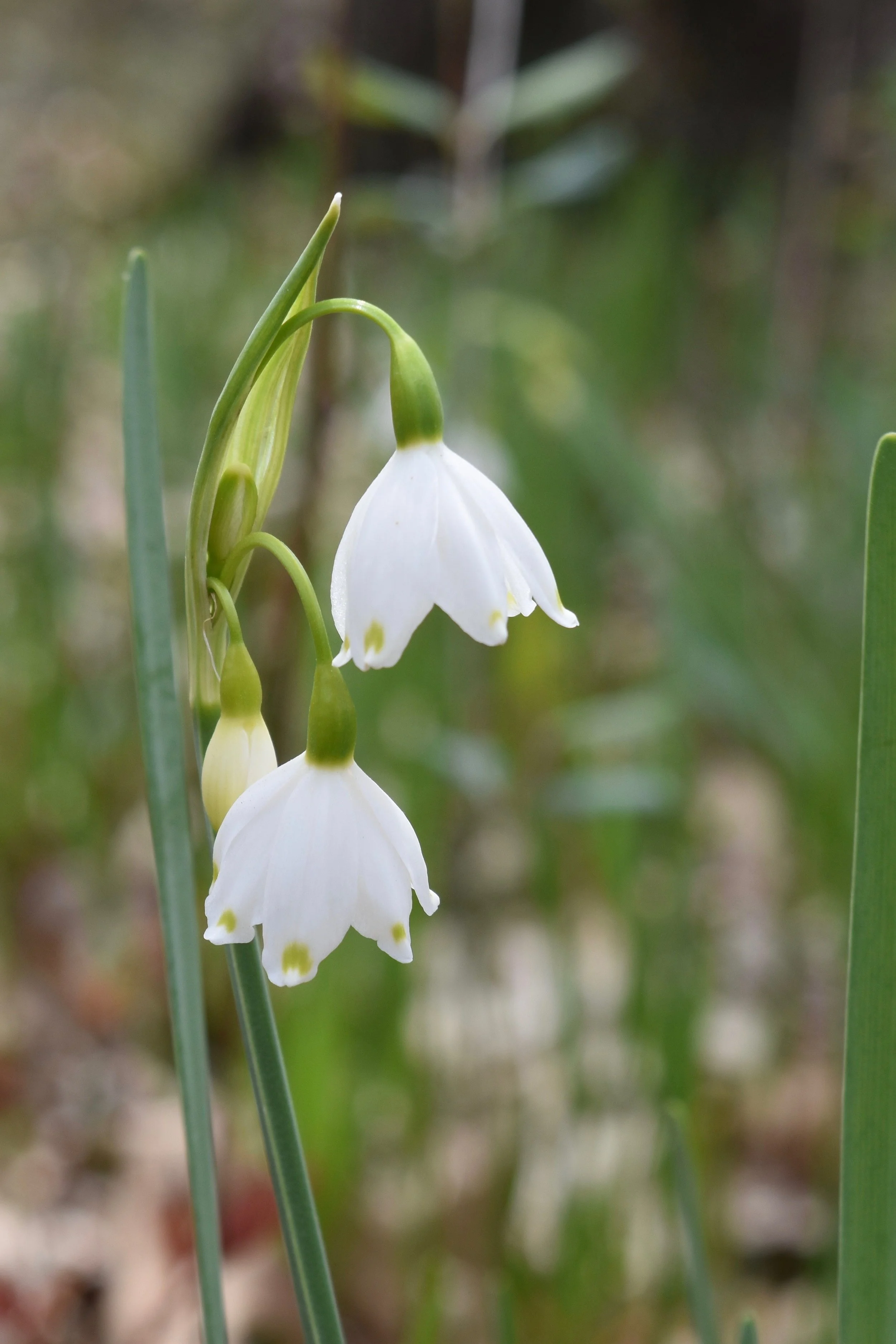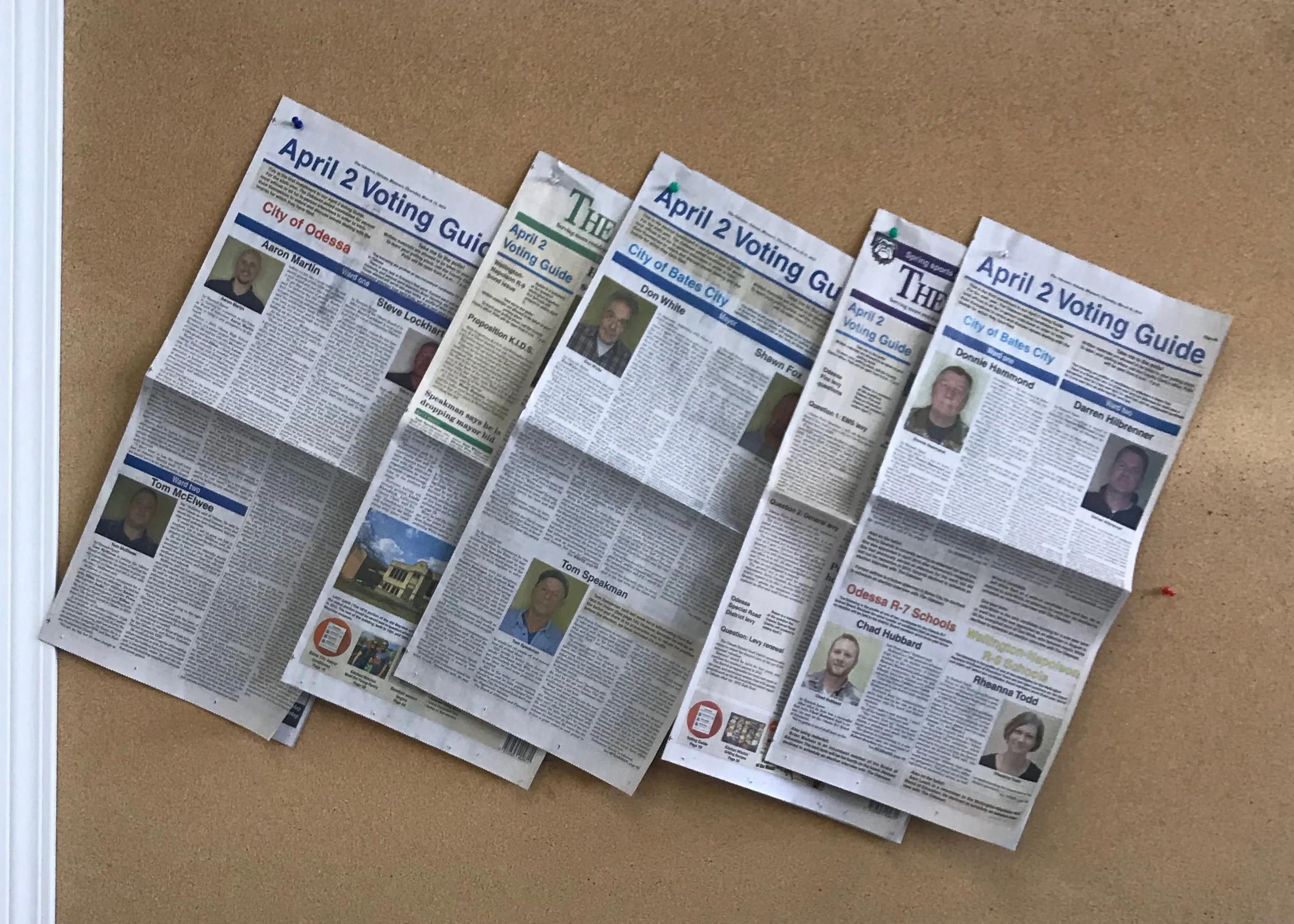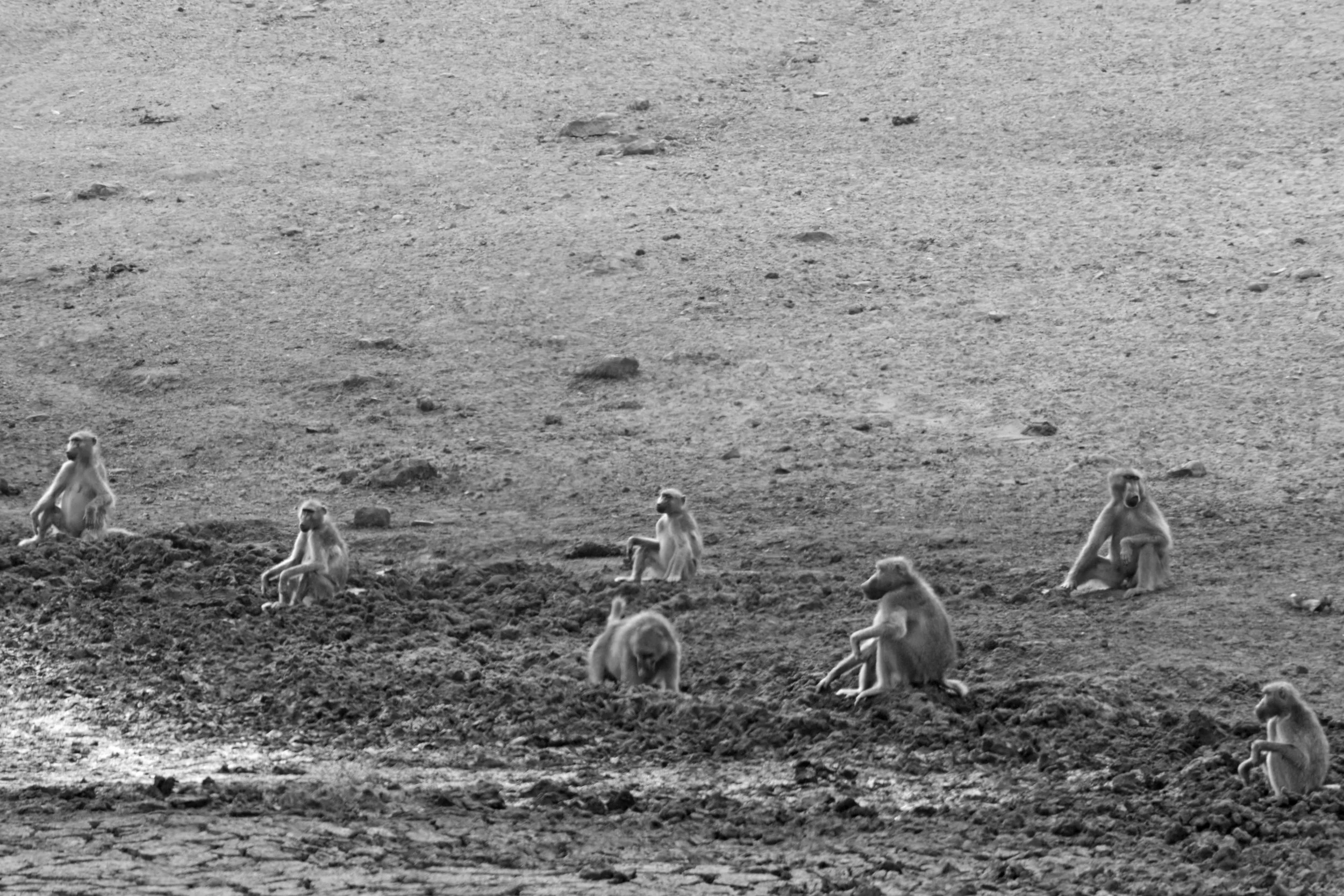I get a lot of questions lately about where I get my news. More than people would like to probably admit, the question sometimes comes as an accusation: where do I go get news without the slant. It’s part of the exhausting notion people have right now that all news is slanted, all news is biased, they can’t trust any of it.
BTW, you probably don’t want to bring up news bias with me unless you’re ready for the whole “transparency is better” speech.
But what I think one of the biggest problems is to most people, everything is news, when really much of it’s opinion or entertainment (or both). Knowing the distinction is more important than consuming less opinion or trying to avoid “bias.”
So, here’s a list of favorite sources for my media diet, split up by category:
News
The New York Times (national)
The Washington Post (national)
The Kansas City Star (Regional + local, when they’re doing real news and not focused on clickbait)
The St. Louis Post-Dispatch (Regional)
The Columbia Missourian (State)
KCUR Central Standard (Regional)
And then, on a local level, I’m the one producing the news.
(you’ll notice that other than Central Standard, these are all newspapers. I read them online, but they’re newspapers. I also listen to The Daily by the New York Times, which dials down into a single issue each day, but I still read the news. Central Standard was a suggestion by a friend to help make up the gap left by drawbacks at the Star. It’s a few daily deep dives, which is nice, but couldn’t replace a newspaper. There is no past the fact that the written word is the most effective way to communicate substantial news — details, big picture, all of it — no matter if it’s on a screen or printed out for you.)
Features
National Geographic magazine
60 Minutes
(I split these off into a separate category because I think they’re an important part of a media diet, though they’re not exactly news. They help expand your worldview and understand topics more deeply.)
Opinion
Crooked Media podcasts (I specifically listen to Pod Save America, Lovett or Leave It and Hysteria)
Rebecca Traister columns + books
Nicholas Kristof columns
(This list is pretty light — I don’t have a lot of different sources I go to again and again to hear their opinions. But I’m open to reading many that cross my path. I don’t see the value in pretending I read opinion pieces by people I know I won’t agree with. The important thing about reading opinion, beyond making sure it’s factually sound, is to know that it’s someone’s opinion and to observe where they’re coming from and how it can expand your own understanding of different topics. I am, of course, also an opinion writer, so that’s how I hope people read my own work.)
Entertainment
CNN
MSNBC
(This is the category I've created for what I will turn on to see what drama is unfolding, but I don’t put too much stock in. CNN only gives the same amount of news as news notifications to my phone, and then hands it off to opinion contributors who yell at each other. It doesn’t have much value.)
So, this is just me. And there’s probably some that I’m missing, that I could add later. But I think it’s a useful way to look at your own relationship with news, and where what you use falls into (heck, my own sister swears by what she calls “her Snapchat news.” — which I would file under entertainment).
And, if you’re going to tell you that my list is “biased,” you’re going to get the transparency rant. You’ve been warned!











